In an ever-changing technological environment, Lafayette College created an integrative engineering degree in 2019 to give students “the opportunity to study in interdisciplinary fields” and to intersect “the boundaries of traditional engineering degrees.”
“Engineering degrees evolve over time to reflect changes in technology and changes in industry demands,” Dean of Engineering Lauren Anderson said.
But what about the ones that become outdated and lost along the way?
The Lehigh Valley — home of Bethlehem Steel, one of the largest steel companies in the world — has a rich industrial history in mining and metals that declined in the latter half of the 20th century.
Among others, Lafayette boasted two related engineering majors that have also since become defunct: mining and metallurgical engineering.
Mining: 1865-1956
Before it housed college leadership, Markle Hall was the John Markle Mining Engineering Hall, home to mining and metallurgical engineering and geology. The department had several homes before, including Pardee Hall and the now-dormitory South College.
John Markle, who graduated from Lafayette in 1880, wanted to give the college “the best mining engineering school in the country,” and his $500,000 was the largest single gift to the college at the time.
While the “best” label may be up for debate, it was certainly one of the oldest.
“The Mining department is the second oldest in the country — the Columbia School of Mines antedating ours by one year,” reads a 1936 Lafayette Alumnus publication.
The program was supported by job openings in local corporations, including Trojan Powder Company, manufacturer Ingersoll Rand and Bethlehem Steel.
In the 1935-40 course catalog, the aim of the mining engineering curriculum is described as “to instruct the student thoroughly in the fundamental engineering and human problems dealing with the extraction of minerals from the earth and their preparation, in the form of fuels, metals, and rock products, for use in industry and in the home.”
The program culture expanded into the John Markle Mining Society and a department publication, the “Lafayette Miner.”

Metallurgy: 1938-1990
What lured Parker Finney ’82 to metallurgical engineering, or “Met. E,” was its small class size. He estimates that his graduating class was around 16, and every one of their metallurgical engineering classes was in the same room.
“It was interesting to me, metals, materials, things like that,” he said. “The other thing that was really interesting at that time was there had been, like, 100% placement rate for the last 25 years.”
“Metallurgical graduates, as well as other engineering graduates from Lafayette College, do not appear to be suffering any difficulties in obtaining employment or graduate school admission,” read “A Report on Engineering Education” by Provost Robert Chase in 1976.
The field of metallurgical engineering is described as “basic in the development of aeronautical, atomic energy, and electronic projects which require materials with special characteristics.” Finney, for example, worked for a large steel company in Chicago right after graduation.
The major first appeared in college catalogs as an option for the mining engineering major in the 1935-1940 year, “for those who expect to specialize in the extraction, refining, alloying, and treating of metals.” The following academic year, a mining and metallurgical engineering program was introduced, with metallurgical engineering as a separate Bachelor of Science degree.
Metallurgical engineering was not established as a separate discipline until 1956, when the mining engineering major was phased out. Like mining, a metallurgical curriculum was braced by the Lehigh Valley’s prominence in the metalworking industry.
Finney said that Lafayette’s program was not as large as Lehigh University’s because Bethlehem Steel was “still running their operations.” In 1961, the company dedicated a $25 million research laboratory to the university.
Something that stood out to Finney in his curriculum was extractive metallurgy — the process of extracting metals from their ores — labs.
“It was hands-on, it was dirty, it was loud,” he said, describing how students would “crush stuff up.”
According to the report by Chase, the college had been considering removing the department based on its enrollment and costs, and metallurgical engineering is last referenced in the 1989-90 college course catalog.




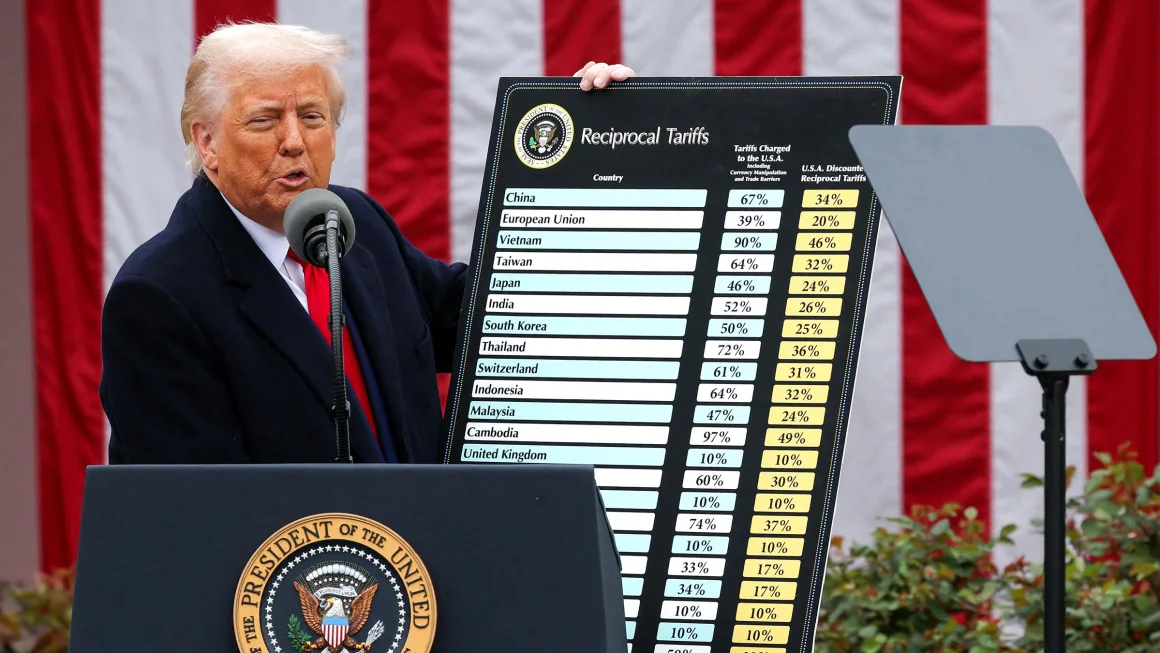
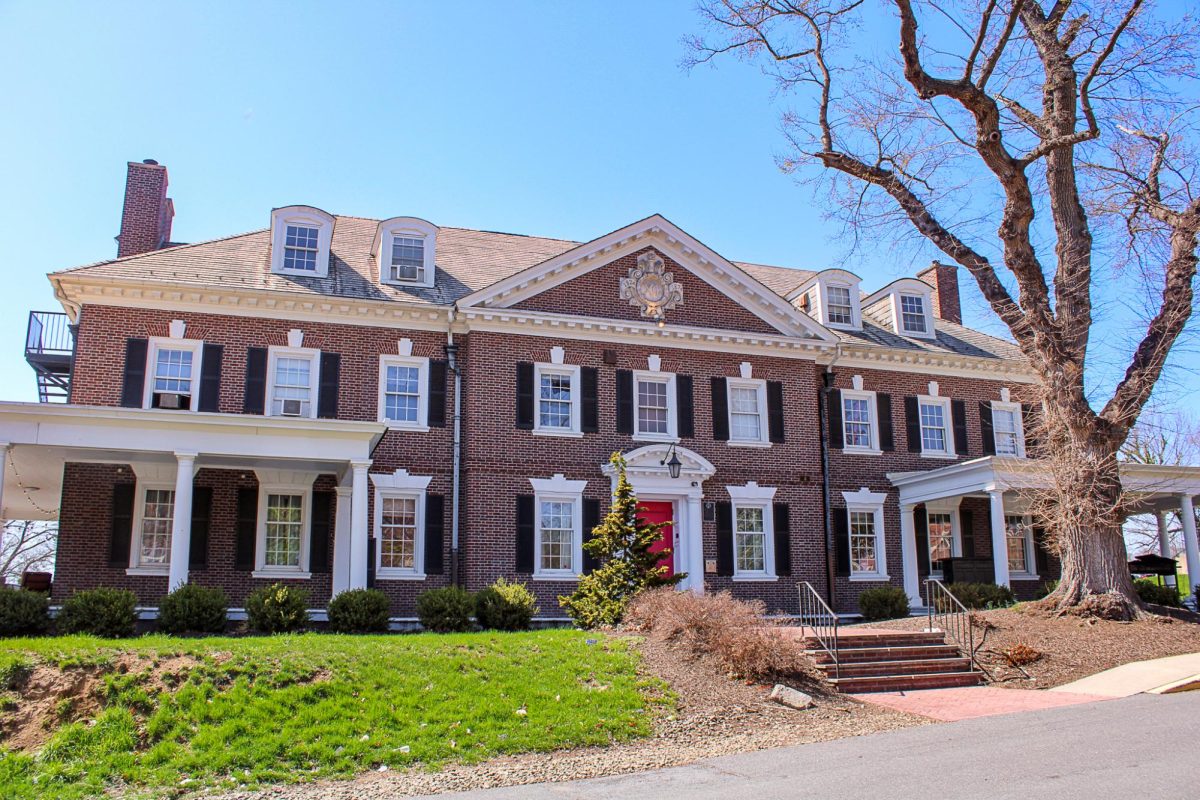

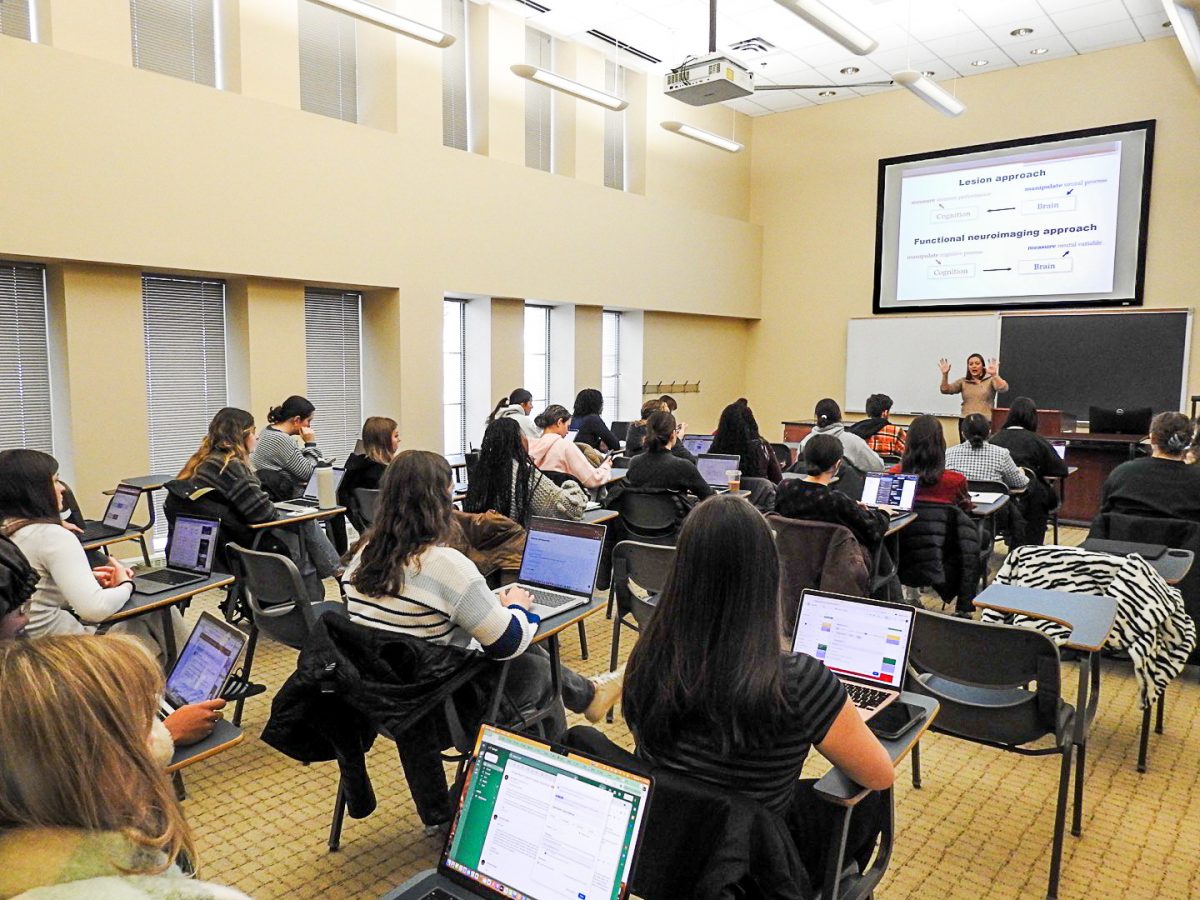


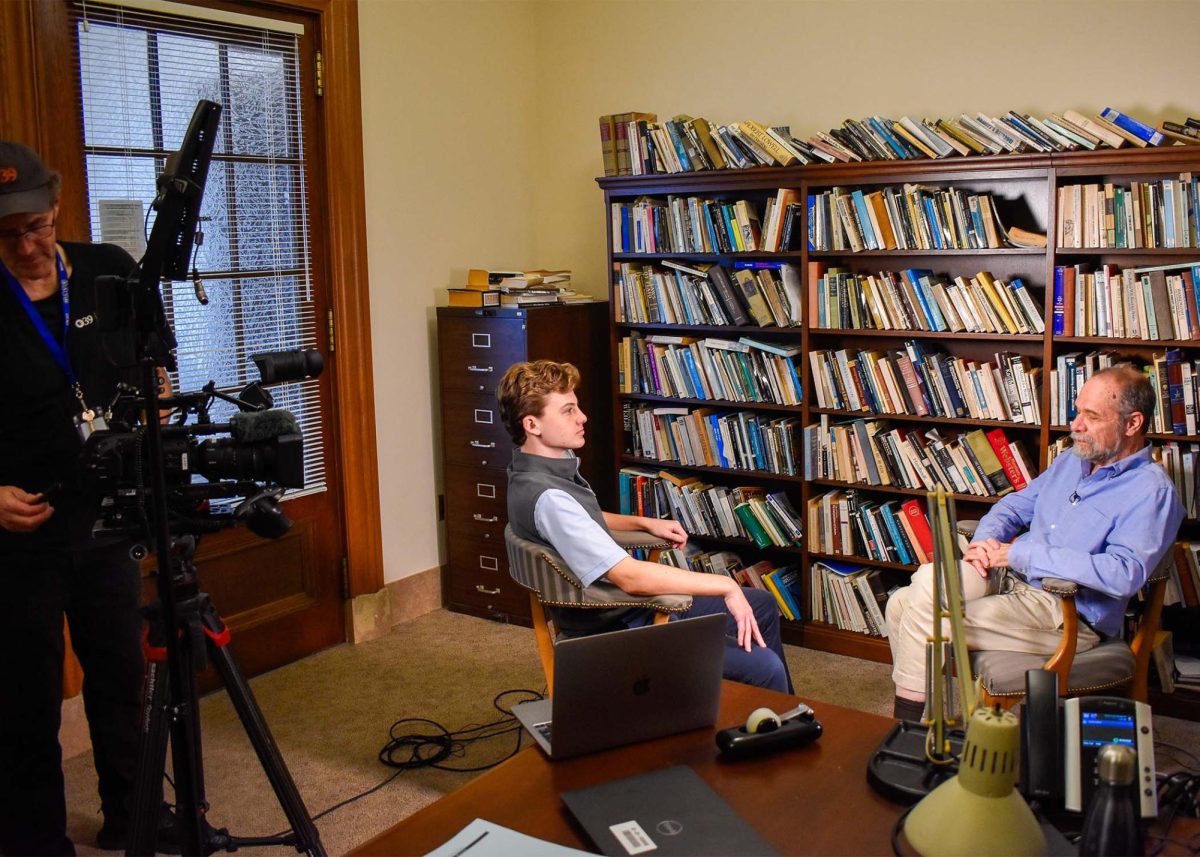



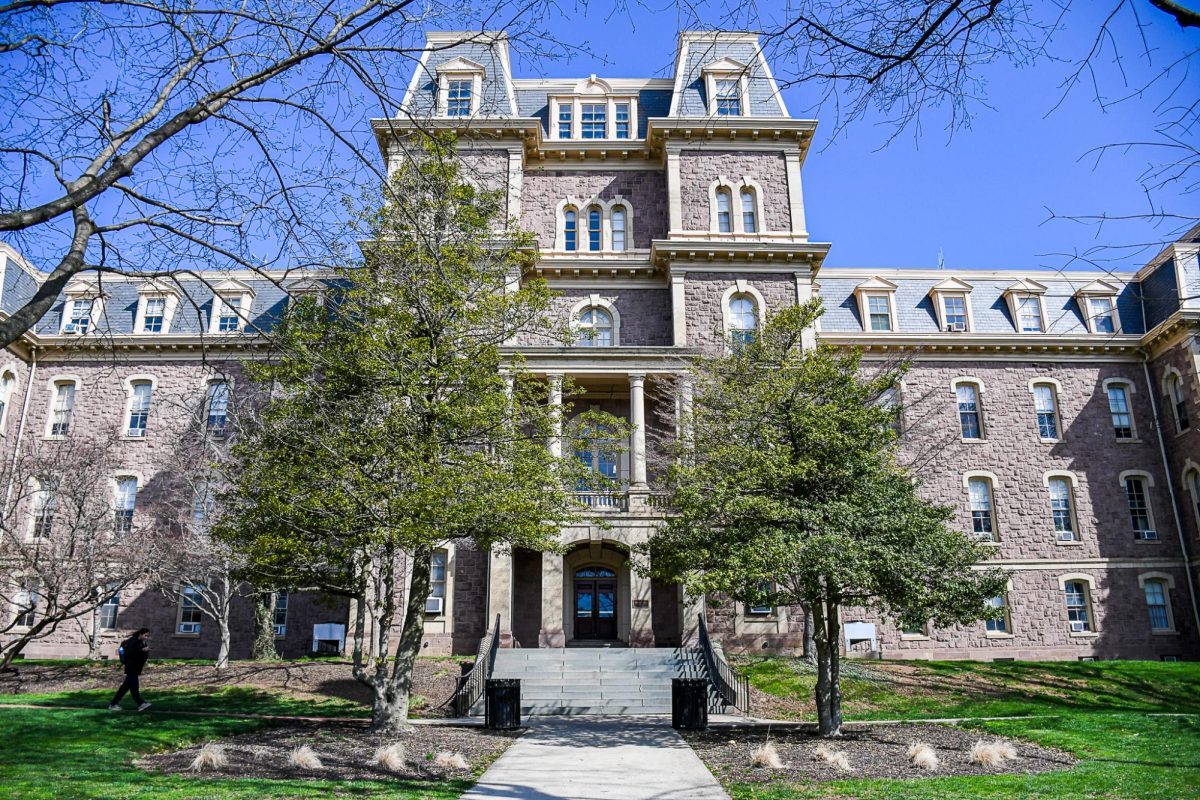






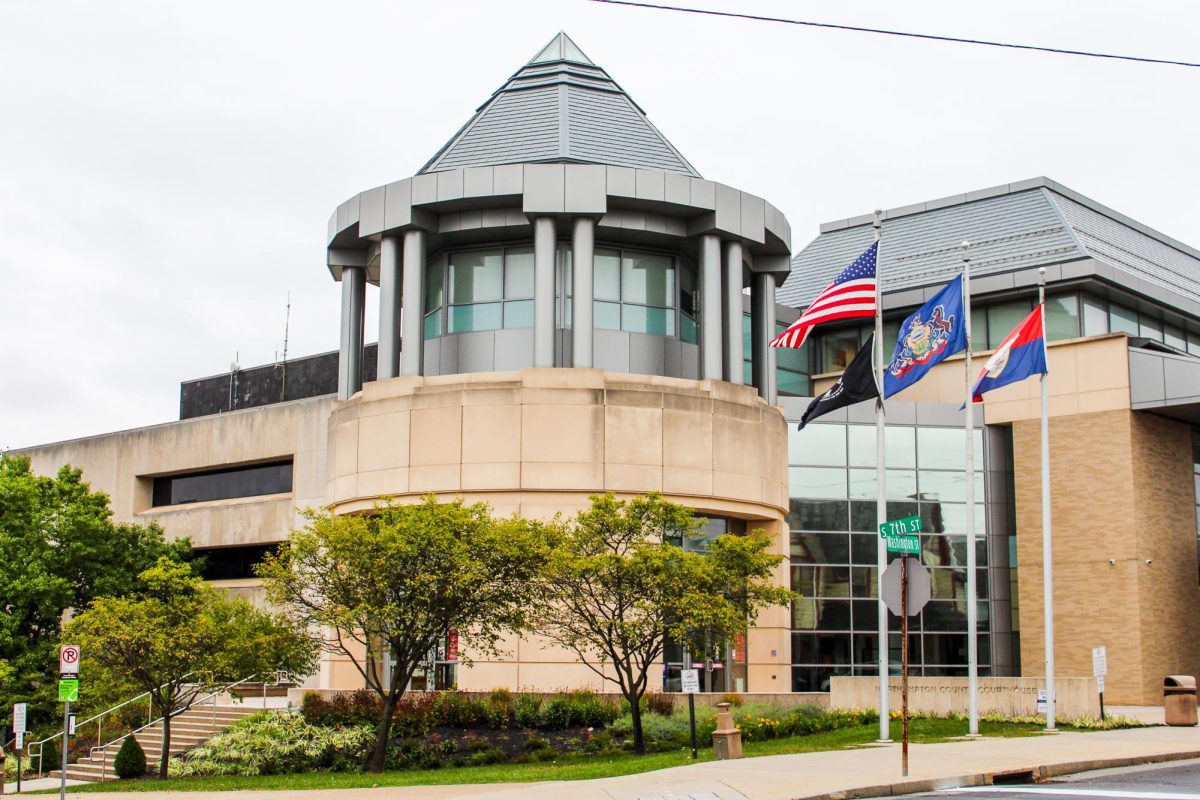




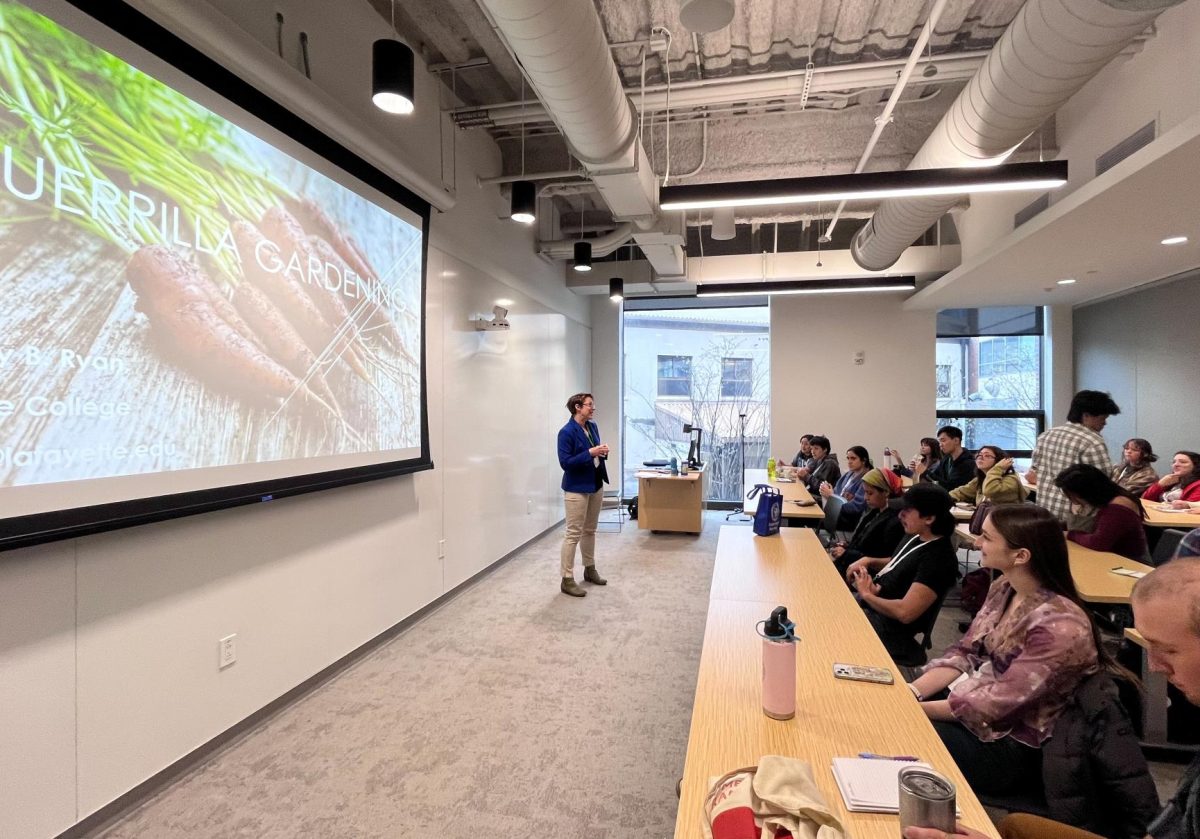



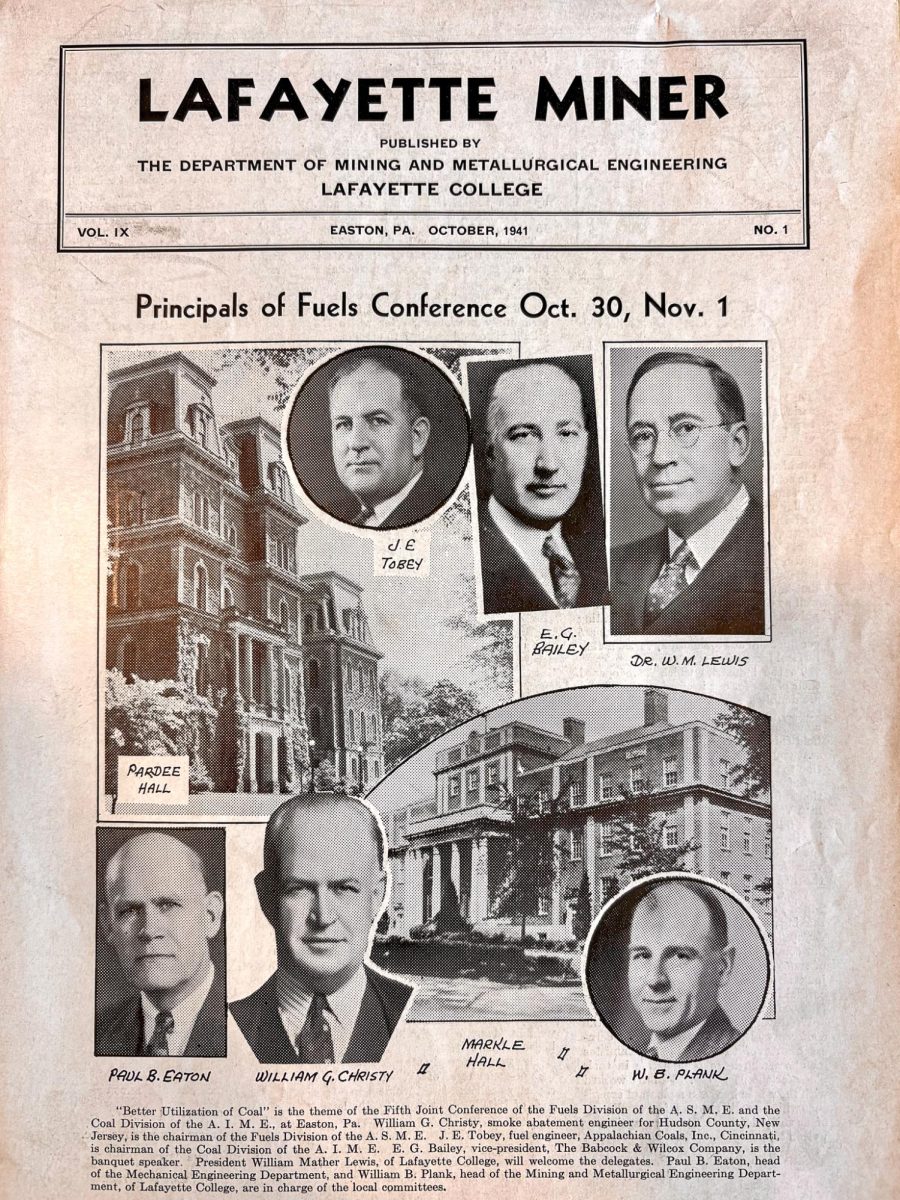


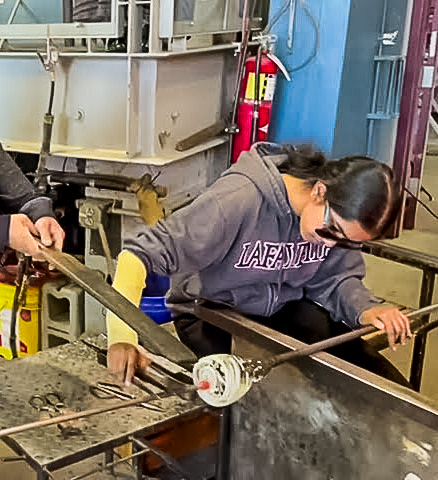
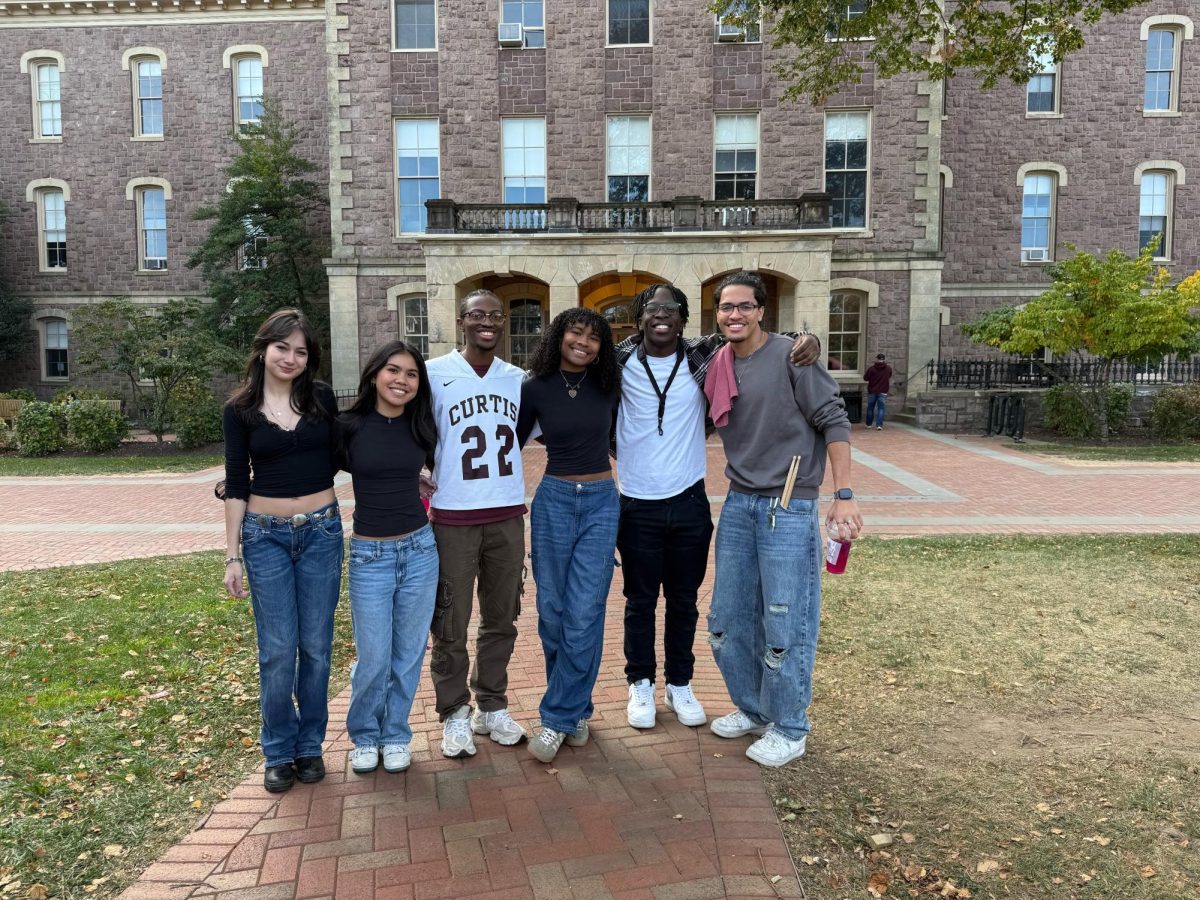











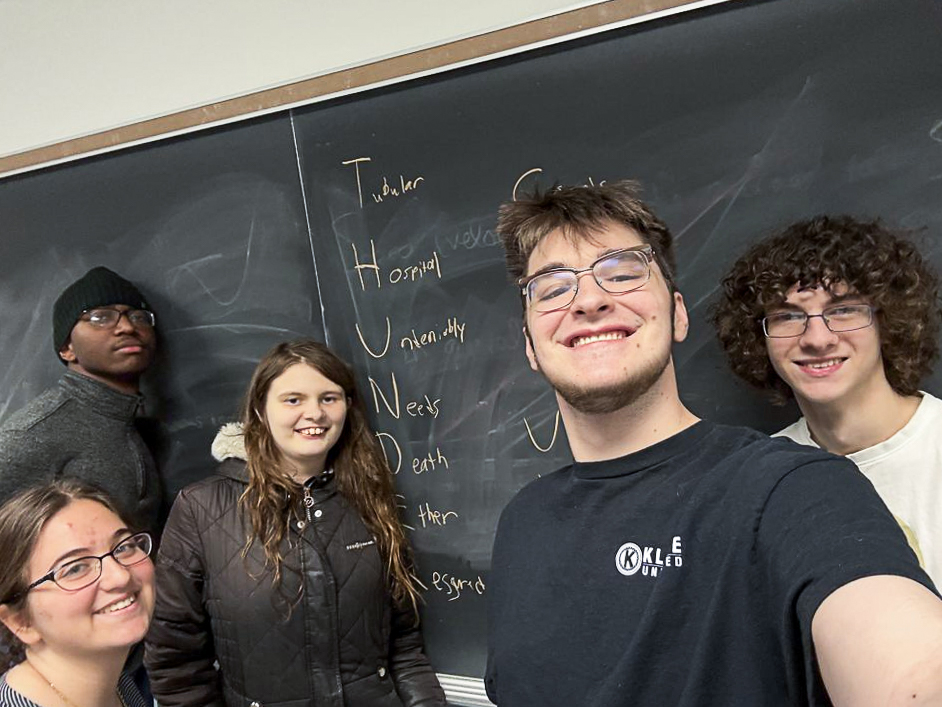
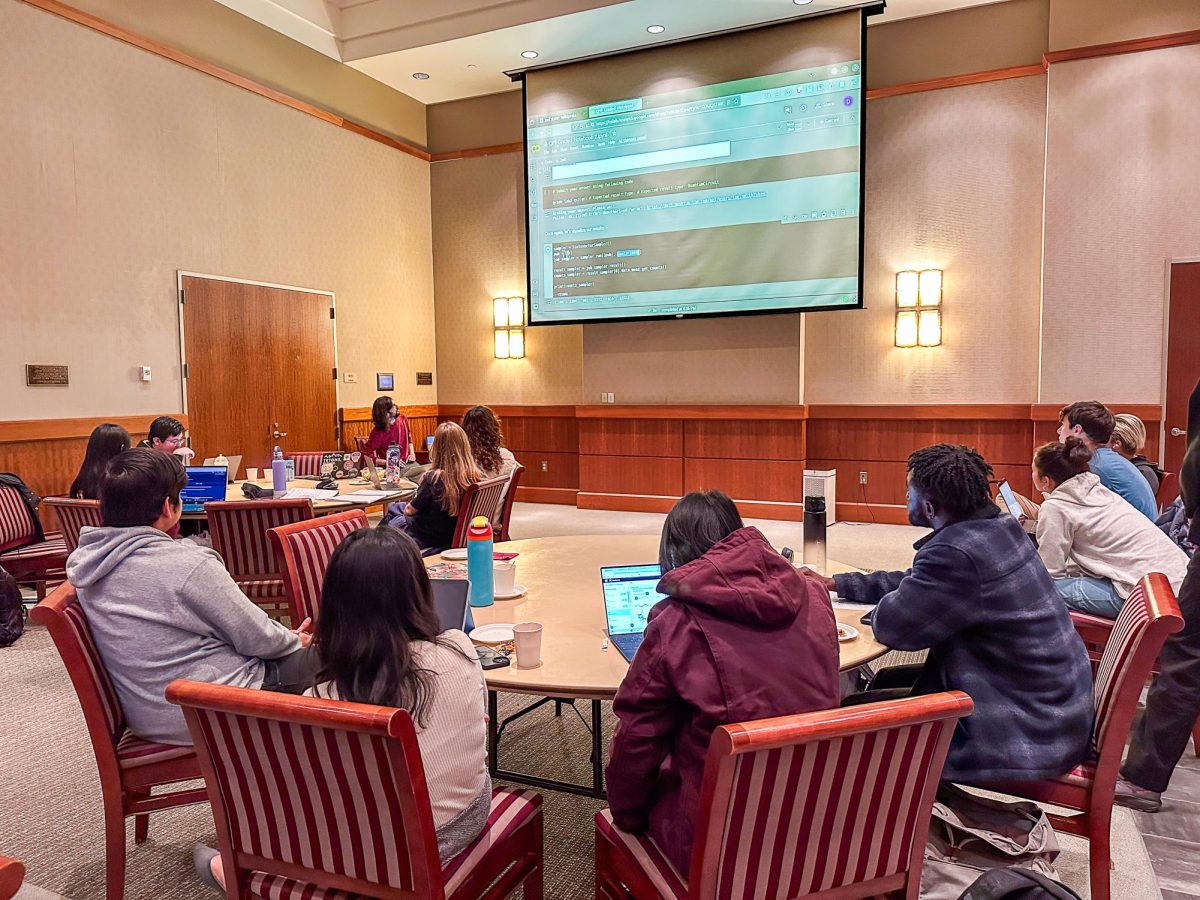
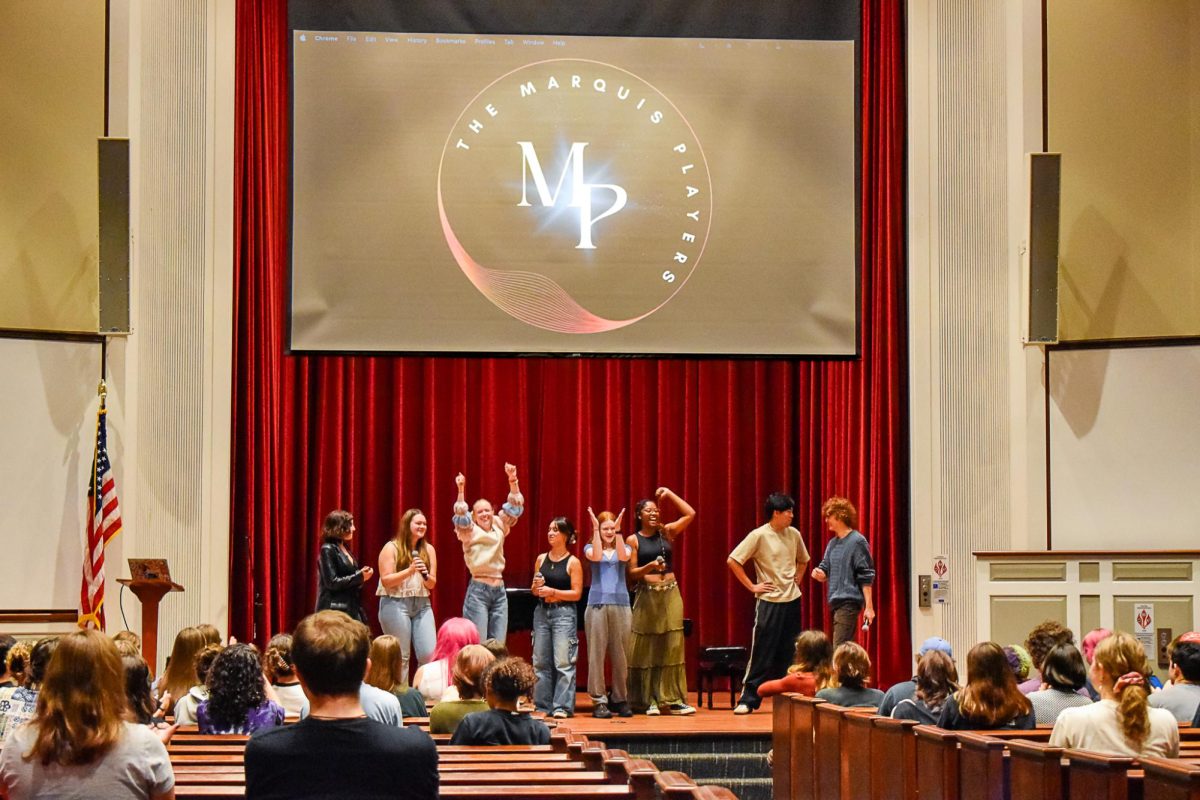


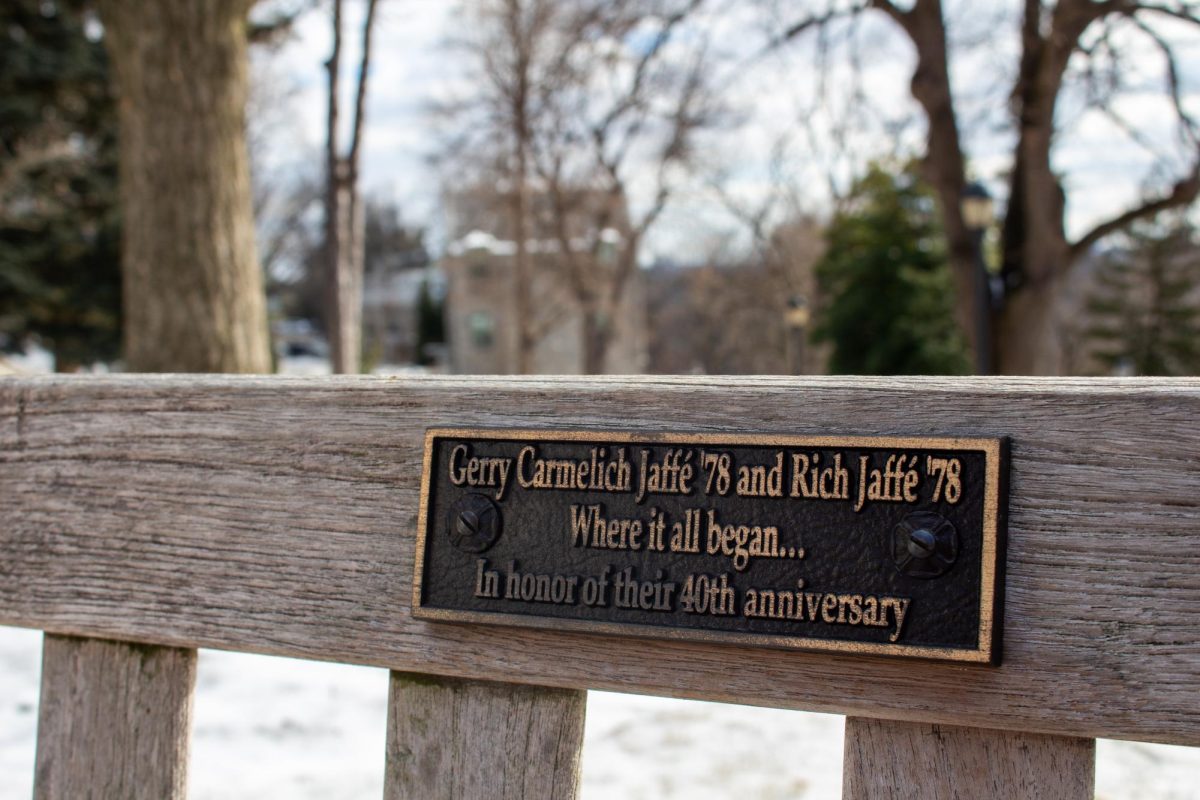

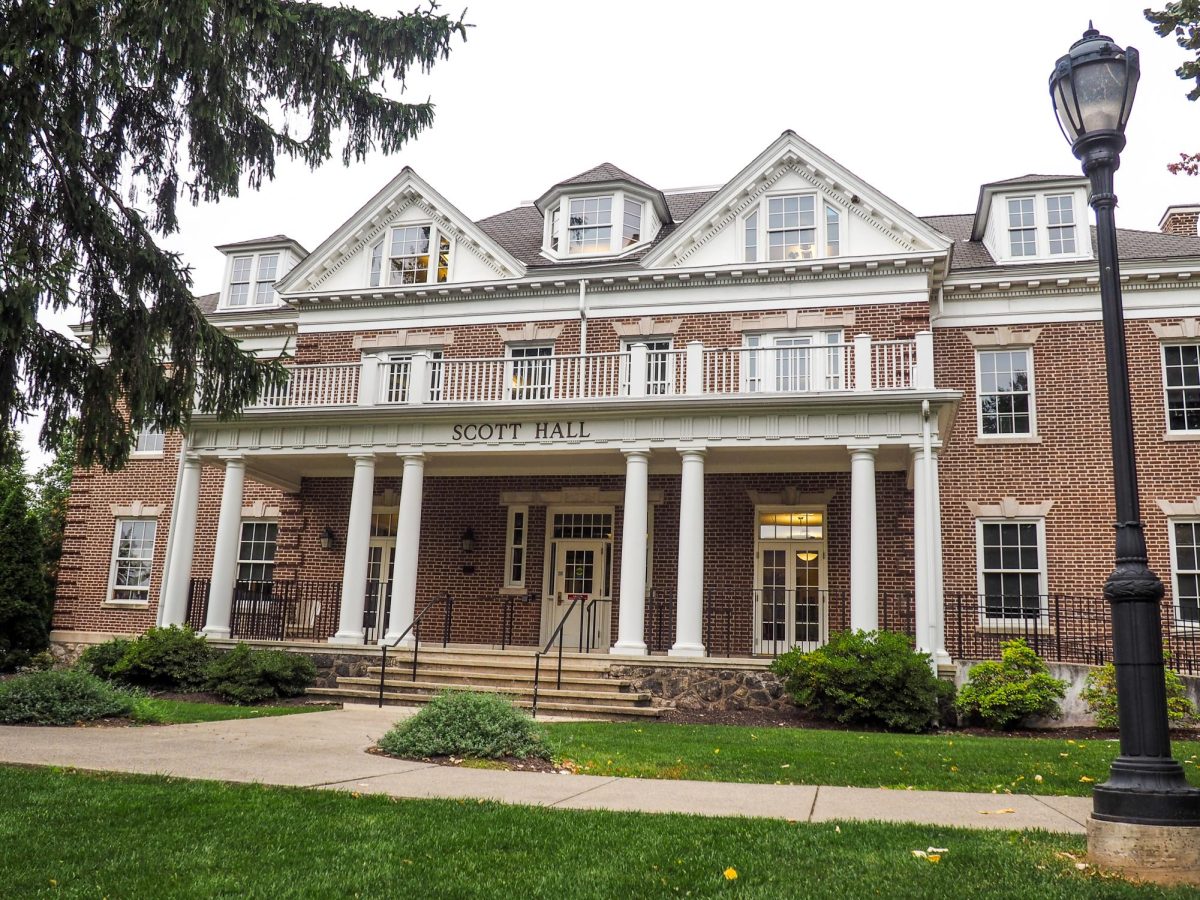





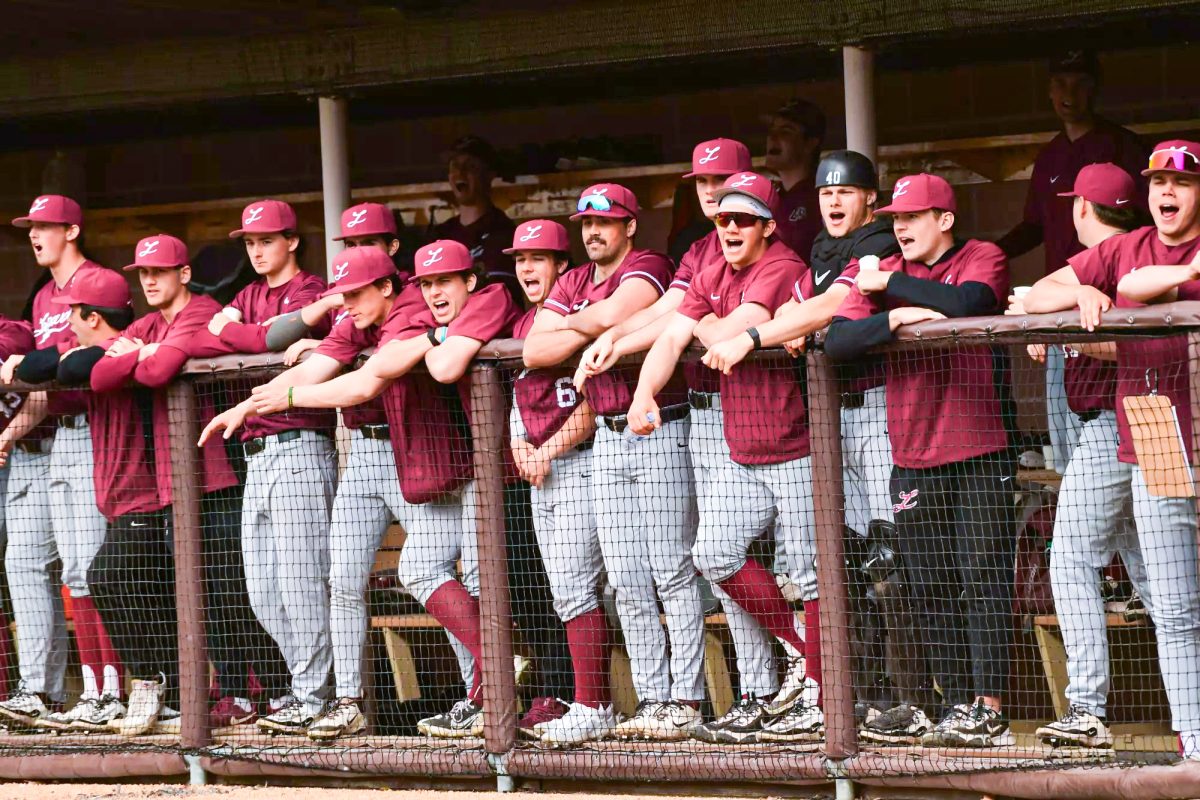





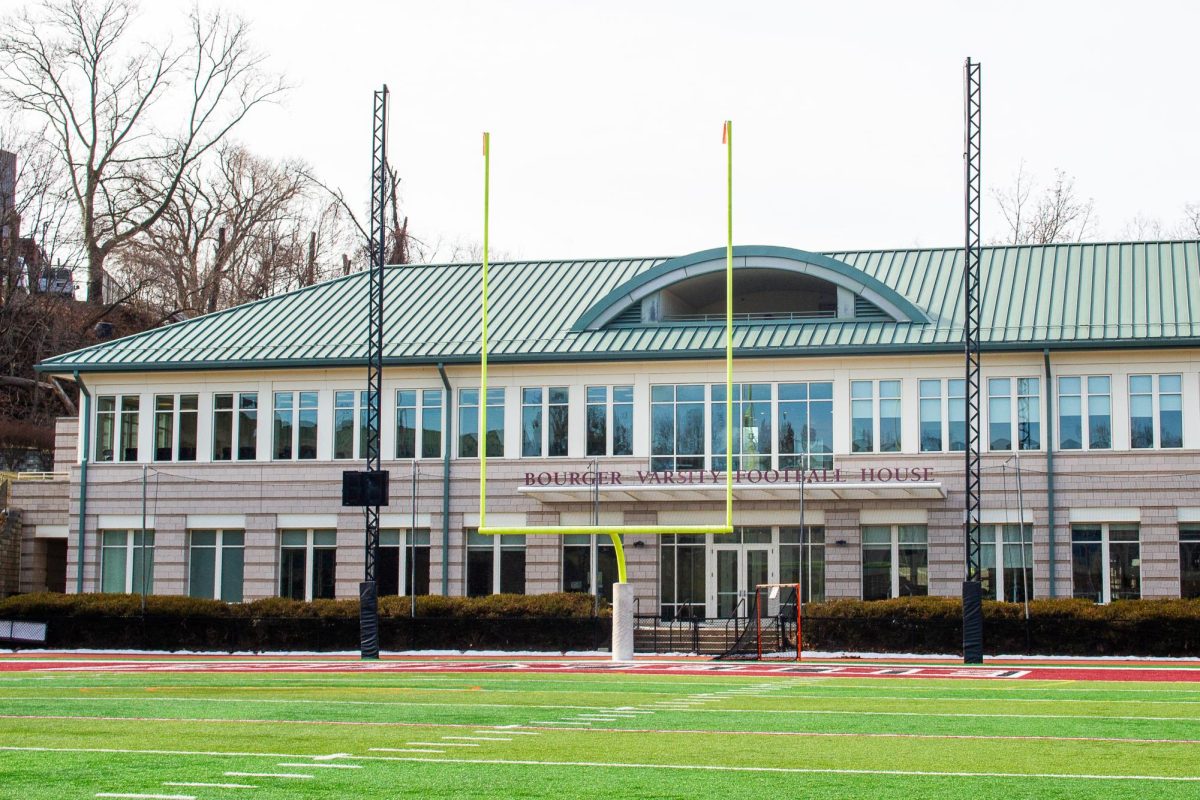
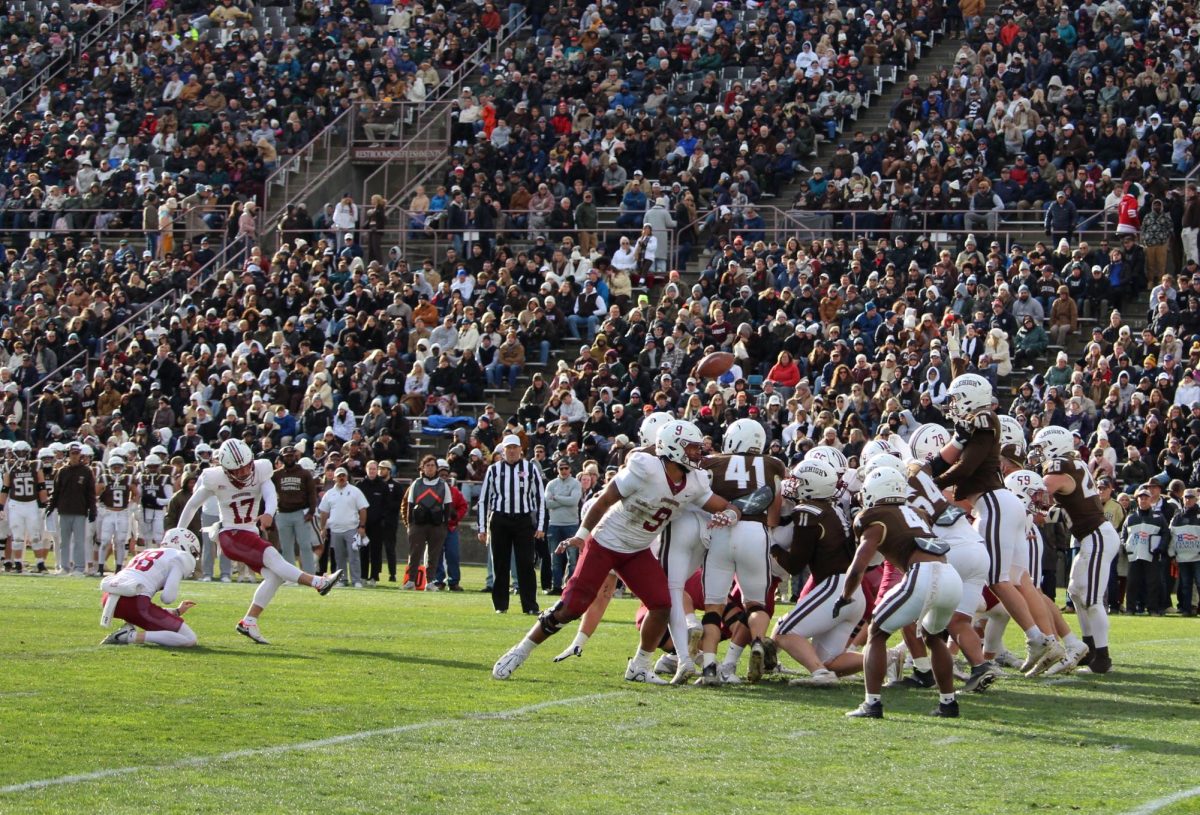





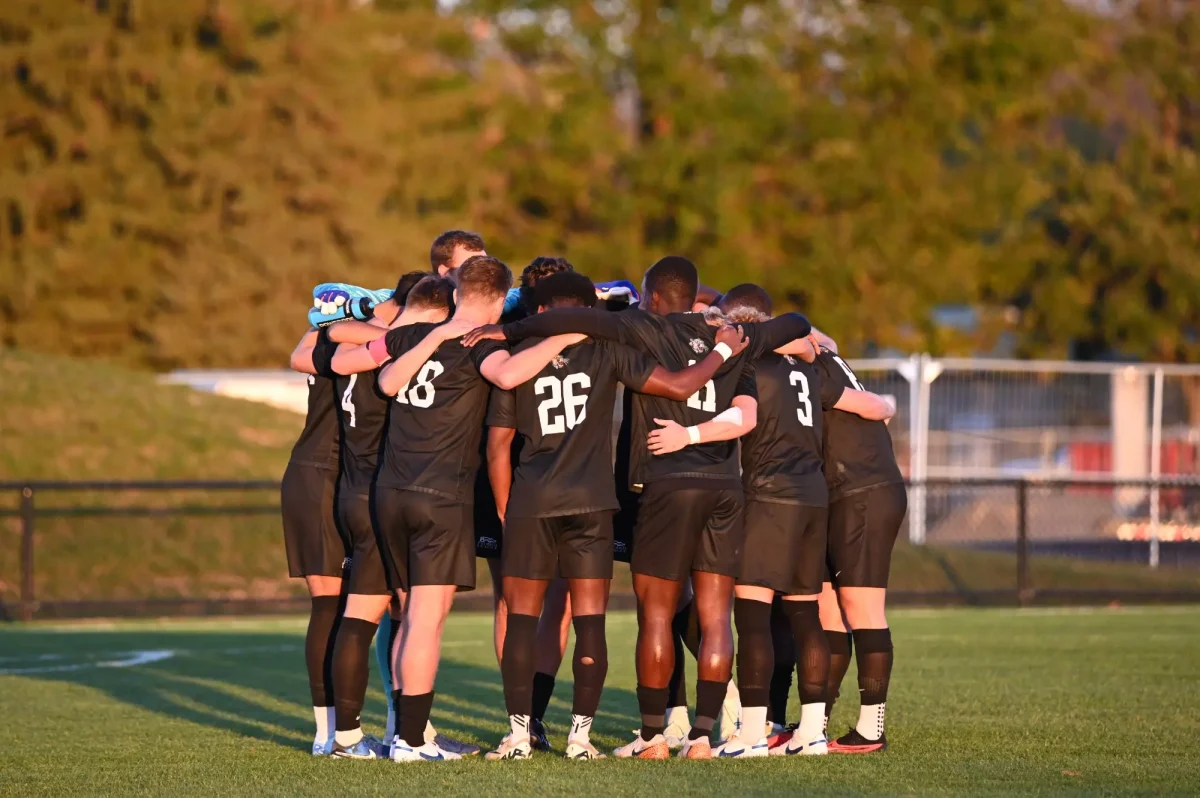

































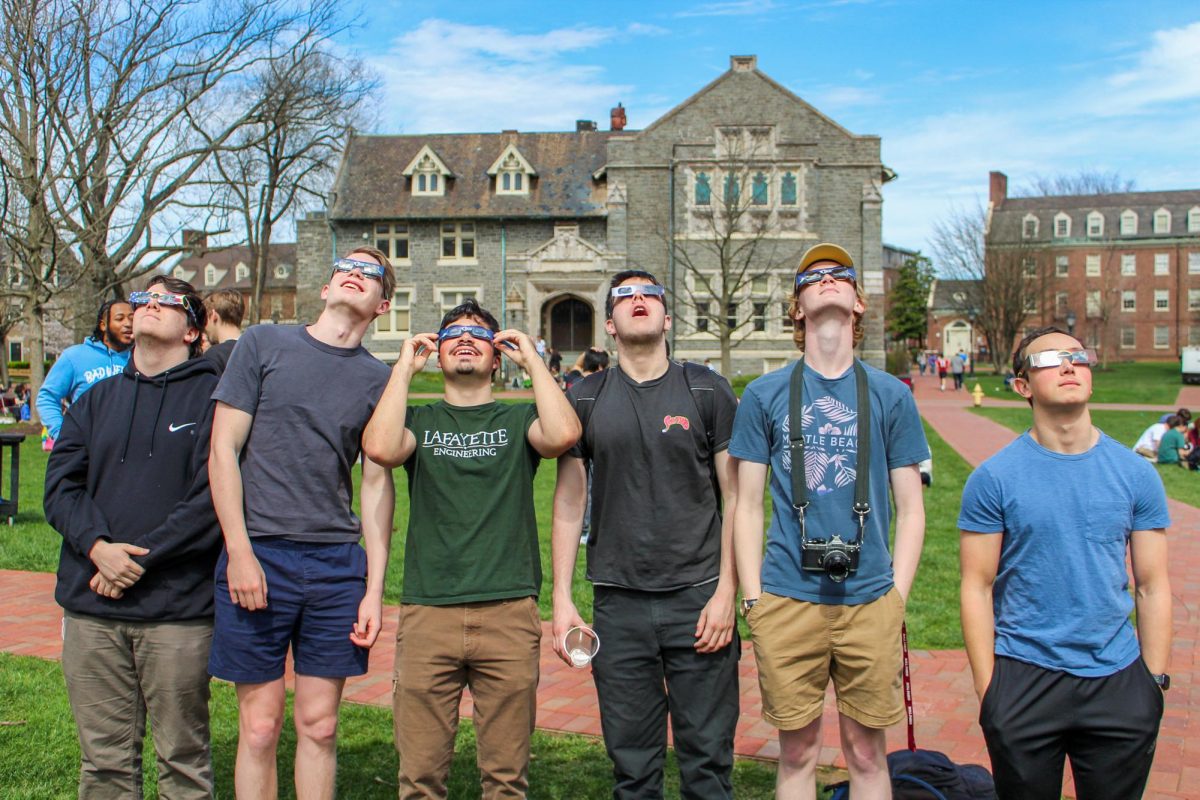













Selin Sinan Uz ‘02 • Apr 12, 2025 at 5:31 pm
The decision to close the metallurgical engineering department was unfortunate. When my late husband, Professor Mehmer Uz, joined Lafayette College in 1985, the department had several senior faculty members. However, the newly appointed department head was unstable following their retirement, leading to significant administrative chaos. Lafayette College students could have significantly benefited from Professor Uz’s research at NASA, where he and his fellow scientists contributed to enabling NASA’s missions to Mars.
Paul Young • Apr 12, 2025 at 3:45 pm
Alas – these majors – mining and metallurgical engineering – are still thriving in China today. This helps explain some of today’s politics. My grandfather made steel in the area and sent his son to Lafayette to study Metallurgical Engineering. Now Lafayette doesn’t offer these majors and we just import from China.
Paul Young – Pard son, brother and father